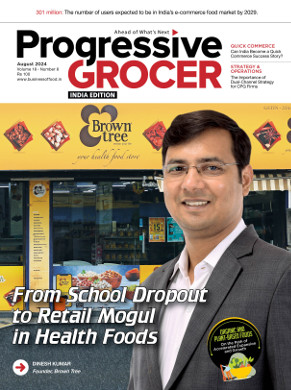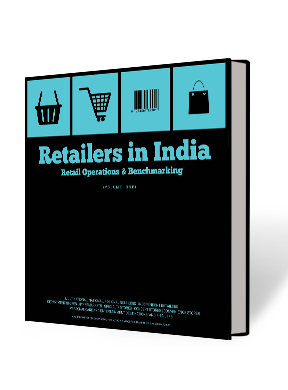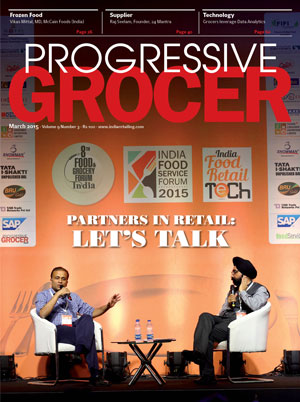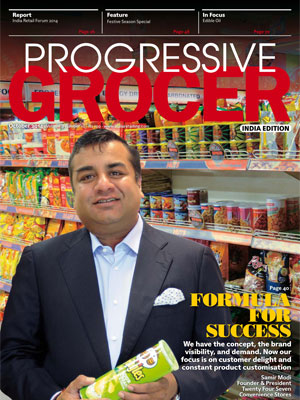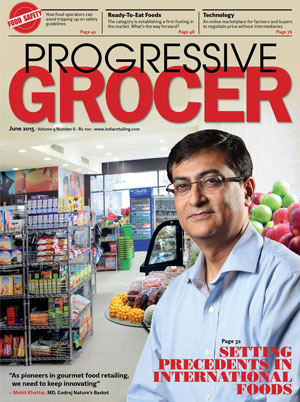Description
In India’s growing retail market, traditional stores, known for personalized services and credit sales, have been able to build strong loyalty among low-income customers. In contrast, modern trade outlets, located in urban areas, serve middle-to-upper income groups with less frequent, larger purchases and a wider range of premium products
However, this ecosystem is currently undergoing significant transformations due to various factors. For a deeper dive into this evolving landscape, read the story (pages 24-27) detailing how modern trade, cash-and-carry formats, e-commerce, and new-age B2B providers are transforming India’s grocery retail market.
Talking of E-commerce, the quick commerce model in particular is expanding as rapidly as UPI payments. In the rapidly expanding Indian quick commerce sector, projected to reach $3.35 billion by the year-end and $9.95 billion by 2029, players face significant challenges. Competing with established services like Domino’s, which delivers pizzas within 30 minutes, requires more than just financial backing. Read the story (pages 80-83) on hows success hinges on mastering technology, developing efficient supply chains, and achieving profitability.
This issue also features a compelling cover story (pages 34-43) on Chennai-based entrepreneur Dinesh Kumar. After dropping out of school to pursue business, Kumar founded the successful health food retail chain Brown Tree. With 19 stores generating Rs. 30 crore annually in Chennai, Kumar is now embarking on an ambitious expansion plan to extend his brand across India. His journey underscores how pursuing one’s passion can lead to extraordinary success and innovation in unexpected places


